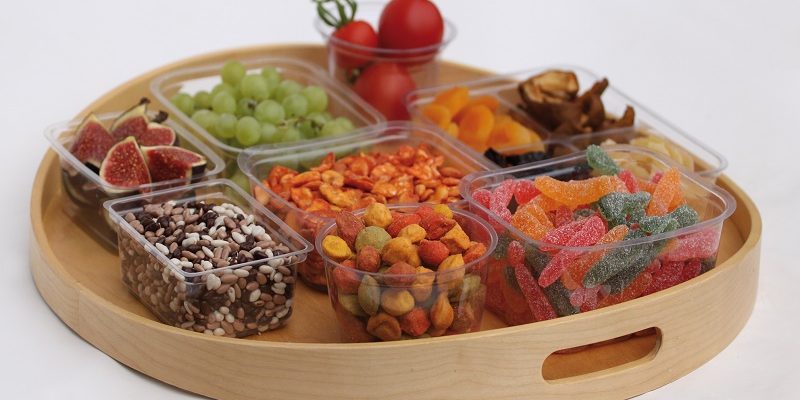
The issue of plastic pollution in our oceans is a growing concern that has captured the attention of environmentalists, scientists, and policymakers worldwide. A significant contributor to this crisis is plastic packaging, a ubiquitous element of modern life. This article aims to shed light on the question: how much plastic packaging ends up in the ocean?
Plastic packaging is a major player in the global plastic waste crisis. According to a report by the United Nations Environment Programme (UNEP), around 300 million tons of plastic waste is produced every year, with a staggering 8 million tons ending up in our oceans. This is equivalent to dumping a garbage truck full of plastic into the ocean every minute.
The journey of plastic packaging from our homes to the ocean is a complex one. It begins when consumers discard plastic packaging, which then enters the waste management system. In an ideal world, all this waste would be properly managed and recycled. However, due to inadequate waste management systems, especially in developing countries, a significant portion of plastic waste is mismanaged and ends up in the environment.
Once in the environment, plastic waste can travel great distances, carried by wind and water currents. It can end up in rivers and eventually be carried out to sea. A study published in the journal Environmental Science & Technology estimated that between 1.15 and 2.41 million tons of plastic waste currently enters the ocean every year from rivers alone.
Once in the ocean, plastic packaging does not biodegrade but breaks down into smaller pieces, known as microplastics. These microplastics are ingested by marine life, causing harm and entering the food chain. A study in the journal Science Advances estimated that 5.25 trillion pieces of plastic, weighing 268,940 tons, are currently floating in the world’s oceans.
The impact of plastic packaging on our oceans is not just an environmental issue but also an economic one. The UNEP report estimated that the economic damage to the world’s marine ecosystems caused by plastic waste is at least $13 billion per year.
Addressing the issue of plastic packaging in our oceans requires a multi-faceted approach. This includes improving waste management systems, promoting the use of alternative packaging materials, encouraging recycling, and raising public awareness about the impact of plastic waste on our oceans.
In conclusion, the question of how much plastic packaging ends up in the ocean is a complex one, with many variables at play. However, what is clear is that the amount is significant and the impact is devastating. As consumers, we have a role to play in reducing our plastic consumption and ensuring our waste is properly managed. As a society, we need to rethink our relationship with plastic and work towards a more sustainable future.

